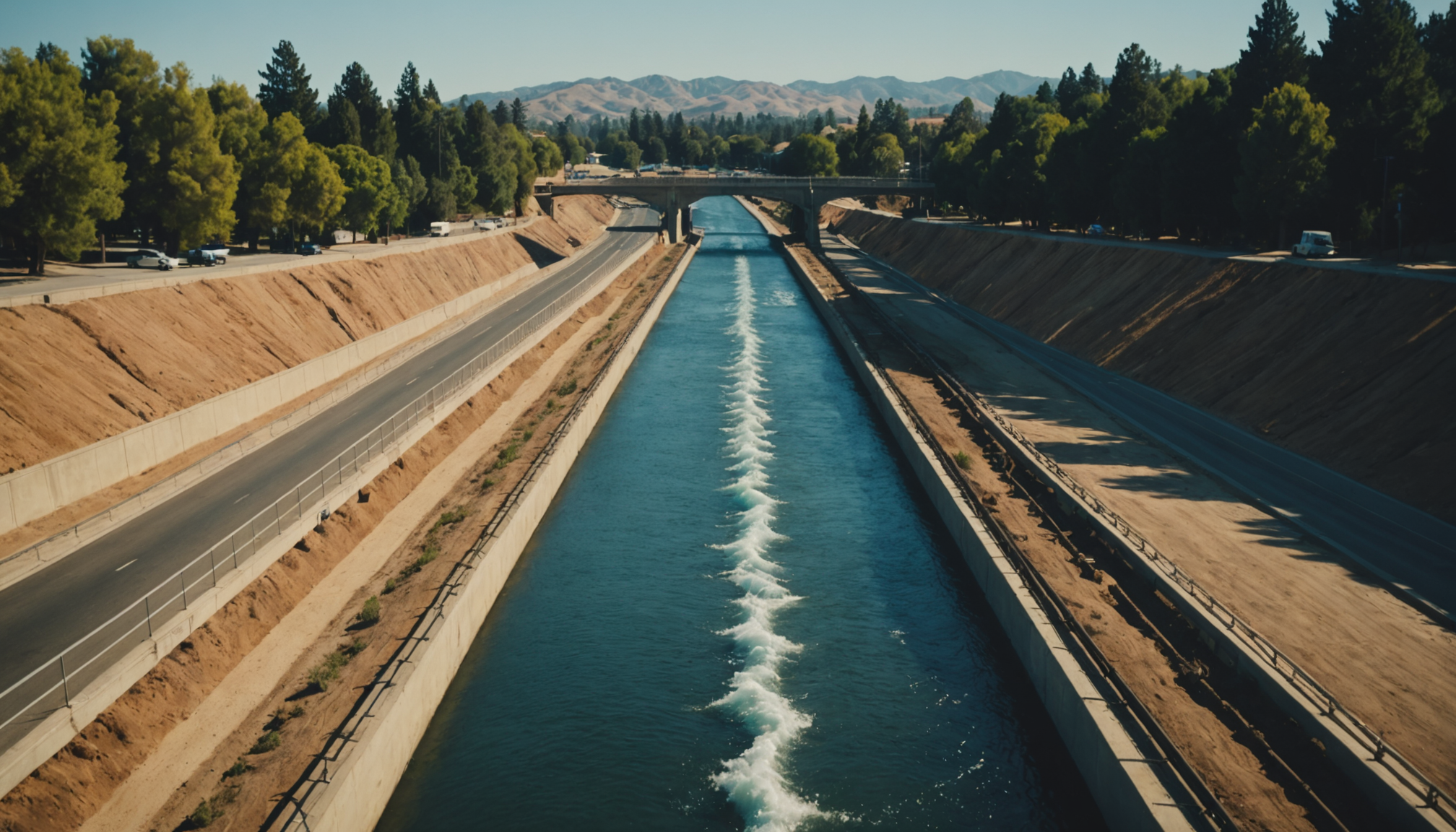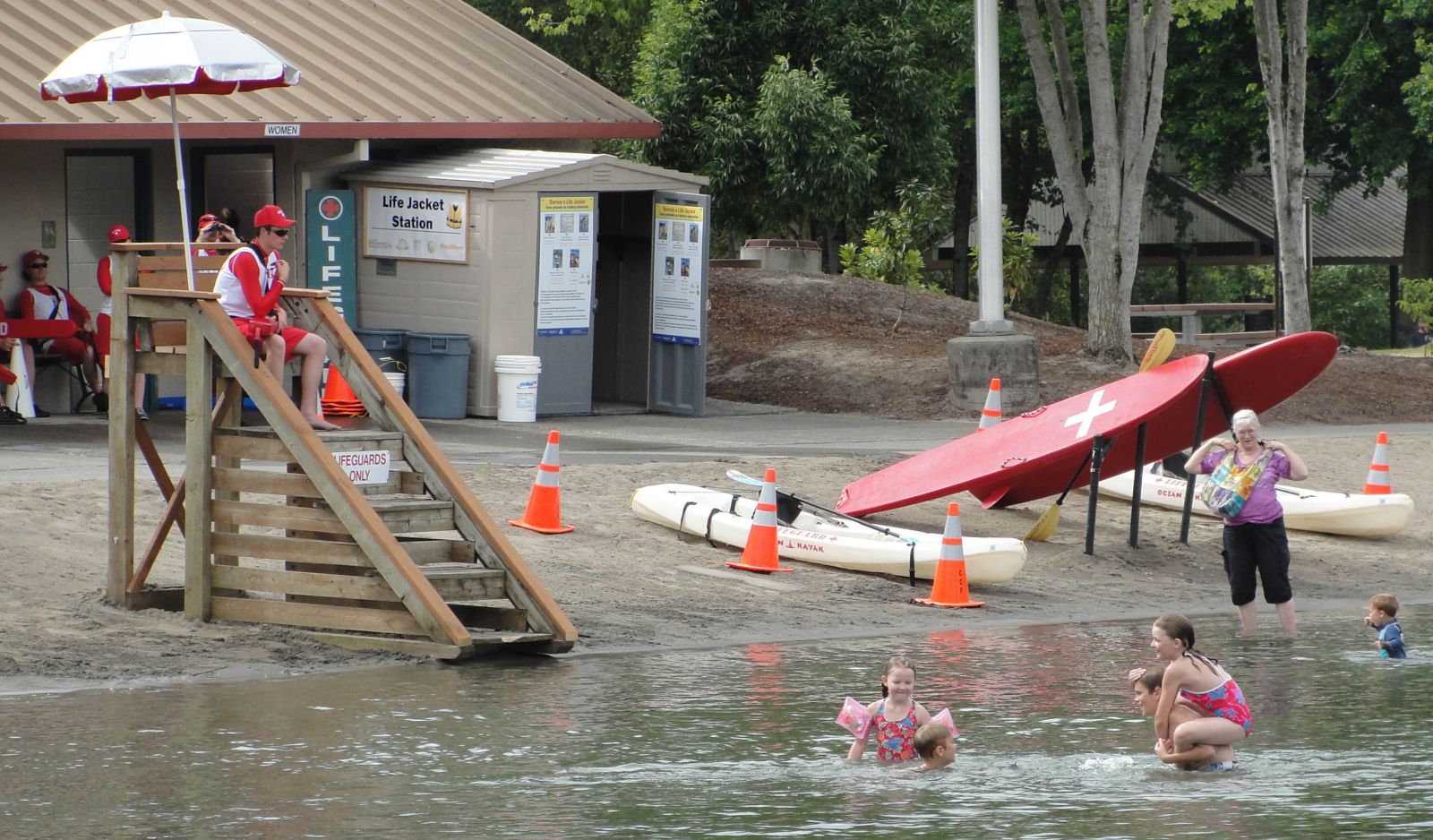
Expansion of Safe Drinking Water Access in California through SAFER Program
The State Water Resources Control Board’s Safe and Affordable Funding for Equity and Resilience (SAFER) program has accelerated infrastructure projects this spring, significantly enhancing access to safe and affordable drinking water across California. This initiative aligns with the United Nations Sustainable Development Goal (SDG) 6: Clean Water and Sanitation, aiming to ensure availability and sustainable management of water and sanitation for all.
Recent Infrastructure Developments and Funding
Several new treatment facilities, consolidations, and pipeline projects have either broken ground or reached completion in Fresno, Monterey, Placer, Riverside, San Bernardino, and Tulare counties. Collectively, these projects received $70 million in construction funding through the SAFER program, benefiting over 22,000 residents, primarily in small, disadvantaged communities. This effort supports SDG 10: Reduced Inequalities by targeting underserved populations.
Key Project Highlights
-
Tombstone Territory (Fresno County)
- $5 million consolidation project with the City of Sanger
- Secures safe drinking water for 150 residents reliant on private wells
- Fully funded through state grants; completion expected by December
-
Eastern Coachella Valley Avenue 66 Transmission Main Project (Riverside County)
- Completion of transmission main connecting 370 residents in three disadvantaged communities
- Received over $32 million in state funding, including $23.4 million from SAFER
- Part of a larger multi-year infrastructure initiative to provide safe water to thousands
-
City of Colfax (Placer County)
- New drinking water treatment facility under construction to benefit 3,000 people
- Consolidates struggling water systems along the I-80 corridor
- Funding includes a $2.5 million grant and $10 million zero-interest loan from SAFER
- Additional $4.5 million expedited grant for consolidation with Shady Glen Mobile Home Park
- Expected completion in early 2027
-
West Goshen (Tulare County)
- Consolidation project connecting 175 residents to Cal Water Visalia
- Funded by the Department of Water Resources with $540,000 technical assistance from SAFER
- Safe drinking water access anticipated by early 2026
-
Moss Landing (Monterey County)
- Consolidation expanding Springfield water system infrastructure
- Secures safe drinking water for nearly 400 residents, including 20 households on domestic wells
- $15 million project fully funded through the Drinking Water State Revolving Fund and facilitated by SAFER
- Completion expected in 2026
-
City of Needles (San Bernardino County)
- Completion of a new water system meeting all state and federal standards
- Ensures reliable access to safe drinking water for 5,000 residents
- Fully funded by a $14 million SAFER grant
Program Impact and Alignment with Sustainable Development Goals
- Over 140 drinking water projects are currently under construction with SAFER funding.
- More than 98% of Californians receive drinking water from utilities that meet federal and state standards.
- SAFER targets the remaining 2% served by failing water systems, leveraging financial, regulatory, and technical assistance.
- Since 2019, the program has provided over $1 billion in grants for disadvantaged communities.
- Over 300 water systems have returned to compliance, improving access for more than 2 million Californians.
- More than 140 consolidations completed, benefiting over 300,000 people.
These achievements contribute directly to SDG 6 by improving water quality and access, and SDG 11: Sustainable Cities and Communities, by enhancing infrastructure resilience and equity in water services.
1. Sustainable Development Goals (SDGs) Addressed or Connected
- SDG 6: Clean Water and Sanitation – The article focuses on expanding access to safe and affordable drinking water, directly relating to SDG 6, which aims to ensure availability and sustainable management of water and sanitation for all.
- SDG 10: Reduced Inequalities – The projects target mostly small, disadvantaged communities, addressing inequalities in access to essential services.
- SDG 11: Sustainable Cities and Communities – Infrastructure improvements and consolidations in various counties contribute to making communities more sustainable and resilient.
2. Specific Targets Under Those SDGs Identified
- SDG 6 Targets:
- 6.1: Achieve universal and equitable access to safe and affordable drinking water for all by 2030.
- 6.a: Expand international cooperation and capacity-building support to developing countries in water and sanitation-related activities and programs.
- SDG 10 Target:
- 10.2: Empower and promote the social, economic and political inclusion of all, irrespective of age, sex, disability, race, ethnicity, origin, religion or economic or other status.
- SDG 11 Target:
- 11.1: Ensure access for all to adequate, safe and affordable housing and basic services and upgrade slums.
3. Indicators Mentioned or Implied to Measure Progress
- Percentage of population with access to safe drinking water: The article states that over 98% of California’s population receives drinking water meeting all federal and state standards, with efforts focused on the remaining 2% served by failing systems.
- Number of water systems returned to compliance: Over 300 water systems have returned to compliance with drinking water standards since the SAFER program began.
- Number of people benefiting from improved water access: Over 2 million Californians have improved access to safe drinking water, with more than 300,000 people benefiting from consolidations.
- Number and value of projects funded: Over $1 billion in grants provided, with 140+ projects under construction and 140 consolidations completed.
4. Table: SDGs, Targets and Indicators
| SDGs | Targets | Indicators |
|---|---|---|
| SDG 6: Clean Water and Sanitation |
|
|
| SDG 10: Reduced Inequalities |
|
|
| SDG 11: Sustainable Cities and Communities |
|
|
Source: smartwatermagazine.com







